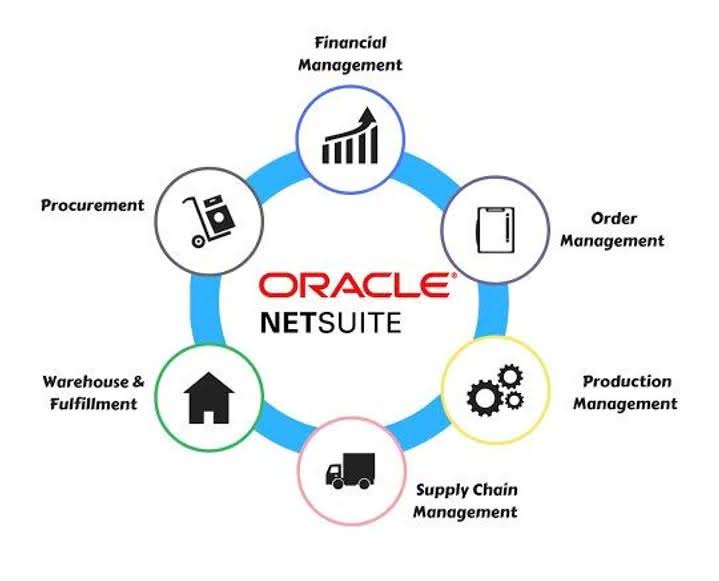
We construct and maintain forward looking tools, such as financial forecast, pricing models, and other applicable predictive aids. By establishing a regular cadence of billing, say every two weeks or even every week, your client will be able to take you up right away in case of issues, and they won’t forget to settle your invoices. The primary function of a Preliminary Notice is to secure your right to file a mechanics lien in case payment issues do arise but its other positive “side effect” is that it reinforces prompt payment. When revenue is snowballing — more new clients signing on and project totals are increasing — additional costs will be incurred and will need to be floated. In a perfect world for a contractor, retention is zero, and in some cases, that’s possible. Generally, many if not most contractors are not making enough profit throughout the job to cover retention.
Books to Help You Upskill in the Construction Industry

You need the right tools and systems in place to enact the best practices to manage cash flow in construction seamlessly and accurately. Discover what you need to do to effectively manage cash flow in the construction industry, including using smart reporting tools. The next step involves determining the actual amount spent on the project up to the current date.

Ways to Improve Cash Flow in Construction
From procuring materials to paying subcontractors and managing project expenses, construction businesses need to have a solid grip on their finances to ensure smooth operations and sustainable growth. Engaging with project stakeholders is a crucial component of effective cash flow management in construction projects. This involvement includes collaborating with various stakeholders such as finance teams, project managers, contractors, and other key parties involved in the project’s financial aspects.
Digital Payment Solutions

By identifying and capitalizing on these incentives, construction companies can reduce tax liabilities and improve cash flow in construction. Utilizing available tax incentives strategically can positively impact the project’s financial health by freeing up funds for other essential project aspects or investments. Integration and automation of financial systems play a vital role in optimizing cash flow in construction. By integrating various financial systems, construction companies ensure seamless communication and real-time data updates across different departments or project phases. This integration allows for the smooth flow of financial information, eliminating data silos and minimizing errors that may occur during manual data transfers.
- Setting a routine for monitoring your cash flow against forecasts is crucial to help maintain positive cash flow.
- When paying upfront is required, it means that the client is going to pay before the start of the project, in order to cover initial costs and make sure that the project canl be carried out.
- Clear, comprehensive, and well-defined contracts are essential to establish the framework for payment schedules, milestones, and project deliverables.
- Managing cash flow in construction using spreadsheets doesn’t provide the overview of financial and operations information required to make the best decisions about a project.
- Taking this a step further, what happens when you have to borrow cash from Project A to cover costs for Project B?
- These clauses push the burden of late payments on to the subcontractor and provide protection for the GC.
Understanding and Applying Curves in Cash Flow Projections
For example, an accounts payable report will help you identify aging bills that are accruing interest penalties. An accounts receivable report shows which customers are delaying payment, so you can quickly identify who to follow up with, or which jobs to lien. A cash flow forecast helps predict future cash issues, so you can take action before it impacts your bottom line.
- Unlike industries with steady revenue streams, construction SMBs often experience fluctuations due to the nature of their business model.
- One of the quickest and easiest ways to lose money and move towards negative cash flows is to overspend, and one of the biggest outlays for all construction companies is through their suppliers and other vendors.
- By leveraging our expertise and guidance, we enable construction SMBs to confidently navigate the complexities of cash flow management and emerge more vital than ever.
- Monitoring the cash position is crucial for construction firms to ensure they have the liquidity necessary for daily operations and unexpected expenses.
- Make sure you are getting the best prices and payment terms possible from all your vendors.
- In this article, we will discuss how professionals responsible for financial management in construction projects can make sure that the cash flow process evolves in a positive way.
The Significance of Training in Cashflow Management
This stark example illustrates the domino effect that can result from over-reliance on a single source of income, especially in an industry where cash flow is the engine of daily operations. Utilizing cash flow projection reports is crucial for effectively managing and forecasting future cash positions. These reports provide valuable insights into upcoming cash inflows and outflows, allowing construction firms to plan ahead and make informed decisions. Cash flow management is critical to sustainable growth and success in the construction industry. With revenue streams often tied to project milestones and payments, small and medium-sized businesses (SMBs) in this sector face unique cash flow challenges.
- For instance, projects often require substantial upfront investments and payments to cover the initial overhead.
- It’s no wonder that, according to the 2021 Construction Cash Flow and Payments Report, 71% of construction businesses say they’ve had to file a mechanics lien to get paid.
- Cash flow sensitivity analysis in construction is a useful tool for evaluating the potential scenarios that could affect the income and costs of a construction project.
- Adherence to environmental regulations is crucial in construction projects, encompassing aspects such as waste disposal and sustainability measures.
- Waiting until more cash is available, or until the end of the payment terms, gives you more money to work with during the days in between.
Maintaining steady cash flow in the construction industry is critical for a project to be successful. In this article, we dive into the intricacies of cash flow within the construction sector, how to create a cash flow projection report and industry best practices around forecasting cash flow. Invest in data analytics technology that can create user-friendly dashboards that make KPIs easy to track and interpret. Construction companies aren’t traditionally early adopters of technology, but these tools can help management drive timely and informed decision-making to improve the bottom line and cash flow. Projecting cash flow in the construction industry can be especially complicated because, unlike many industries, cash flow doesn’t always follow revenue recognition. As revenue is recognized over time, most often measured by the percentage of the job that’s complete, revenue is recognized ratably as a project progresses.
These agreements and regulations may significantly impact labor costs and payment schedules within construction projects. It also helps in preventing conflicts that could affect cash flow and project timelines. Accounting for potential variances and contingencies is crucial in constructing a robust cash flow schedule. construction cash flow This entails considering possible fluctuations in costs, unexpected expenses, or delays in payments or receipts that may deviate from the initial projections. By factoring in these variances and contingencies, construction companies create a buffer to mitigate potential financial risks and uncertainties.
Project Future Cash Flow
Ensuring adherence to these standards not only prevents legal issues but also fosters a safer working environment for everyone involved in the project. This can be quite easily achieved today by using systems and softwares to create constraints around purchase requests and other important construction workflows. Whether you need a consultant, accountant, advisor, or profitability coach, the Core Growth Strategies’ process will fulfill your needs https://www.bookstime.com/ and support your scaleable growth journey. When you partner with Core Growth Strategies, you’ll discover the benefits of cloud-based operations, and you’ll have our certified, tech-focused experts to make the transition seamless. Accounting software can automate this process for you and notify you with confirmation that invoices have been received. Make sure you are getting the best prices and payment terms possible from all your vendors.
